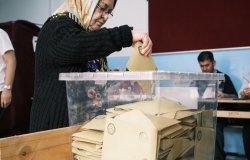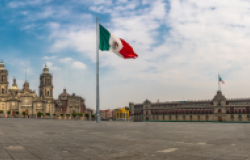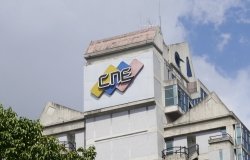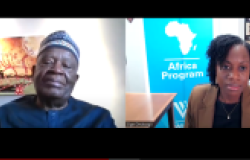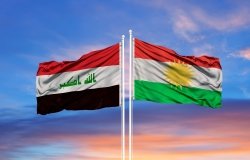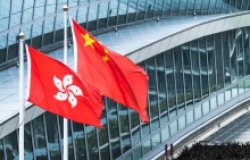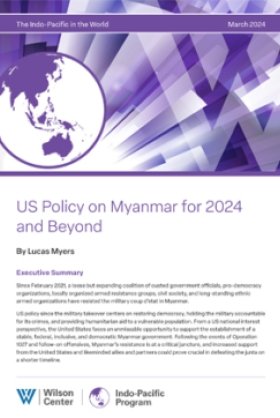Deciphering Iran’s Prisoner Swap and Broader Communication
The prisoner exchange appears to be another sign that President Hassan Rouhani’s more moderate approach to foreign policy is meeting with some success, writes Haleh Esfandiari.
Washington Post correspondent Jason Rezaianand other U.S. citizens have left Iran, capping a week of significant news as well as significant developments in bilateral relations. Iran released in less than 24 hours this past week the 10 U.S. sailors who had entered its territorial waters. And the announcement Saturday of the prisoner exchange all but overshadowed implementation of the international agreement on Iran’s nuclear program—that Tehran met its requirements under the deal to shut down or constrict its program and U.S. and European officials moved to lift economic sanctions.
A few observations:
Many, including some critics of the nuclear agreement, have noted that the prisoners and their families have endured a lot. They have—and this is a moment to celebrate their freedom. Some have faulted the exchange of seven Iranian-Americans convicted of or charged with violating U.S. sanctions as a swap for Iranian-Americans held in Iran on false charges or, in one case, without charges. Such carping is unfair. Prisoner exchanges are not new. And as someone who has been held at Evin prison, I can attest to the hellishness of solitary confinement there. It’s not just that those prisoners were dreaming of scenarios that would reunite them with their families: The release of Americans held in Iran was, above all, a humanitarian gesture.
Robin Wright reported in the New Yorker that secret negotiations over a prisoner swap had been taking place for months on a parallel but separate track from the nuclear negotiations. On the nuclear issue, U.S. and European officials were talking to Iranian diplomats; regarding the prisoners, the Americans were talking to representatives of Iran’s Intelligence Ministry. After U.S. sailors in the Persian Gulf were taken into custody by Iranian Revolutionary Guards last week, military officers of the two countries, as well as diplomats, were talking to one another. All this suggests several channels of communication between Iran and the U.S., a positive development.
The release of the Americans could not have happened without participation of Iranian intelligence officials, who have long held that dual nationals and Iranian intellectuals and activists are acting on behalf of the U.S. government as part of an effort to destabilize the regime in Tehran. It’s too early to tell how deep a shift in thinking this represents.
The prisoner exchange appears to be another sign that President Hassan Rouhani’s more moderate approach to foreign policy is meeting with some success. Iran’s supreme leader, Ayatollah Ali Khamenei, publicly barred negotiations with the U.S. on any topic but the nuclear issue. Clearly, however, he is willing to give Mr. Rouhani some room to maneuver in foreign relations. The challenge for Mr. Rouhani now is to secure the supreme leader’s backing for more moderate policies at home, particularly the release of the many writers, artists, female activists, and intellectuals unfairly festering in Iranian prisons.
The opinions expressed here are solely those of the author.
This article was originally published in The Wall Street Journal's Think Tank blog.
About the Author


Middle East Program
The Wilson Center’s Middle East Program serves as a crucial resource for the policymaking community and beyond, providing analyses and research that helps inform US foreign policymaking, stimulates public debate, and expands knowledge about issues in the wider Middle East and North Africa (MENA) region. Read more
